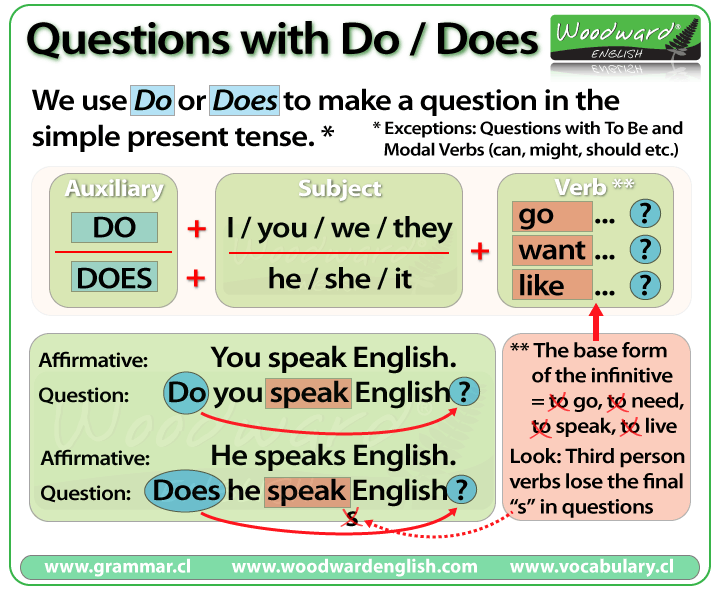Understanding ‘At Risk’ in Education: Meaning, Challenges, and Support Strategies
Introduction: What Does ‘At Risk’ Mean in Education?
The term “at risk” in the context of education refers to students who face a higher probability of academic failure or dropping out of school. These students may struggle to meet established educational goals due to a variety of personal, social, economic, or learning-related factors. Understanding what it means for a student to be at risk enables educators, families, and communities to implement targeted support strategies, ultimately improving students’ chances of success in school and beyond [1] .
Core Characteristics and Risk Factors
An at-risk student is generally identified as someone who is not meeting, or is not expected to meet, the academic, social, or career goals established by their educational program [5] . Core characteristics and risk factors often include:
- Consistently low grades or poor academic performance
- Chronic absenteeism or frequent tardiness
- Disruptive classroom behavior
- Learning or physical disabilities
- Socioeconomic challenges, such as poverty or homelessness
- Family instability, including domestic violence or transiency
- Health issues, either physical or mental
- Previous grade retentions or disciplinary problems
These indicators do not operate in isolation. For example, a student experiencing homelessness may also face health challenges and inconsistent attendance, compounding their risk for academic failure [1] .
How Are At-Risk Students Identified?
Identification of at-risk students is a multi-faceted process involving teachers, school counselors, and administrators. Schools may use a combination of academic records, attendance data, behavioral reports, and standardized assessments to pinpoint students who need additional support [3] . Common steps include:
- Reviewing academic performance history for patterns of low achievement
- Monitoring attendance for chronic absenteeism or repeated tardiness
- Assessing behavioral records for signs of disengagement or disruption
- Conducting interviews or home visits to better understand contextual risk factors
In some states, such as Iowa, education departments require school districts to develop systematic procedures for identifying and supporting at-risk students, including periodic reviews and collaboration with service agencies [5] .
Examples of At-Risk Students
Consider the case of a middle school student named Maria, who has recently moved due to her family’s work as migrant laborers. She has missed significant class time, struggles with language barriers, and exhibits signs of depression. Maria is at risk academically due to transiency, language challenges, and potential emotional health needs. Another example is Jamal, a high school sophomore with a diagnosed learning disability. Despite effort, he consistently fails math and reading benchmarks. Without targeted interventions, Jamal may not graduate on time [3] .
Why Early Identification and Support Matter
Research shows that early identification and intervention are critical in improving outcomes for at-risk students. Proactive approaches-such as providing mentoring, tutoring, and access to mental health services-can help mitigate risk factors and boost the likelihood of graduation [1] . Schools that wait until students have already failed classes or dropped out have much lower success rates in re-engaging these learners.
Strategies and Programs to Support At-Risk Students
Effective support for at-risk students includes a blend of academic, social, and emotional interventions. Some practical strategies and programs include:
- Personalized Instruction: Adapting lessons to address diverse learning needs and pacing
- Mentoring and Counseling: Connecting students with adult mentors or school counselors for guidance and encouragement
- Alternative Education Programs: Providing flexible learning environments, such as credit recovery or vocational training, for students not thriving in traditional settings
- Family Engagement: Involving families in the educational process and providing resources for home stability
- Wraparound Services: Coordinating with community organizations to offer health, nutrition, and housing support
For example, a school district may partner with local nonprofits to provide after-school tutoring and free meals for students facing food insecurity. Another district might implement a peer mentoring program to help students struggling with social isolation build positive relationships [4] .
Practical Steps for Families and Educators
If you are concerned that a student may be at risk, there are several actionable steps you can take:
- Communicate with School Staff: Reach out to teachers and counselors to discuss your observations and explore available resources.
- Request Assessments: If learning or behavioral difficulties are suspected, families can request formal evaluations for learning disabilities or mental health needs.
- Access Community Resources: Many communities offer food banks, housing support, and youth mentoring programs. Contact local social service agencies for referrals.
- Monitor Progress: Regularly check academic progress and attendance, and work with the school to adjust support plans as needed.
Each state and district may offer distinct services for at-risk students. Families are encouraged to start by contacting their school’s main office or counseling department. Public school websites often list support services and contact information for student assistance programs.
Challenges and Solutions in Addressing Student Risk
Supporting at-risk students can be challenging due to limited resources, large caseloads for counselors, or lack of awareness about available services. Some students may be reluctant to seek help due to stigma or previous negative experiences. Solutions include:

Source: confusedwords.org
- Building trust between students and school staff through consistent, nonjudgmental communication
- Training educators to recognize early warning signs and respond with appropriate interventions
- Creating partnerships with local health, housing, and youth organizations to expand the support network
For educators and administrators, ongoing professional development and regular evaluation of intervention programs can help ensure that support is effective and up-to-date [1] .
Alternative Approaches for Diverse Needs
Not all at-risk students require the same interventions. Alternative approaches include:
- Credit Recovery: Online or in-person courses for students who have fallen behind on graduation requirements
- Individualized Education Programs (IEPs): For students with diagnosed disabilities, a formal IEP can ensure accommodations and specialized instruction
- Vocational Training: Skill-based programs for students interested in entering the workforce directly after graduation
Families can work with schools to explore these options, starting with a meeting with the student’s guidance counselor or special education coordinator.
Key Takeaways
Understanding the meaning of “at risk” in education is crucial for identifying and supporting students who may otherwise fall behind or drop out. Through early identification, targeted intervention, and collaboration between schools, families, and communities, many at-risk students can overcome barriers and achieve academic success. For more information about state-specific resources, families and educators can contact their local school district or department of education for guidance on accessing at-risk student support services.

Source: pinterest.com.mx
References
- [1] The Glossary of Education Reform (2013). At-Risk Definition.
- [2] Top Hat (n.d.). At Risk Student Definition and Meaning.
- [3] Study.com (2023). At-Risk Students: Definition, Characteristics & Programs.
- [4] Concordia University Irvine (2023). At-Risk Students: Success and Interventions.
- [5] Iowa Department of Education (2024). At-Risk Students.



